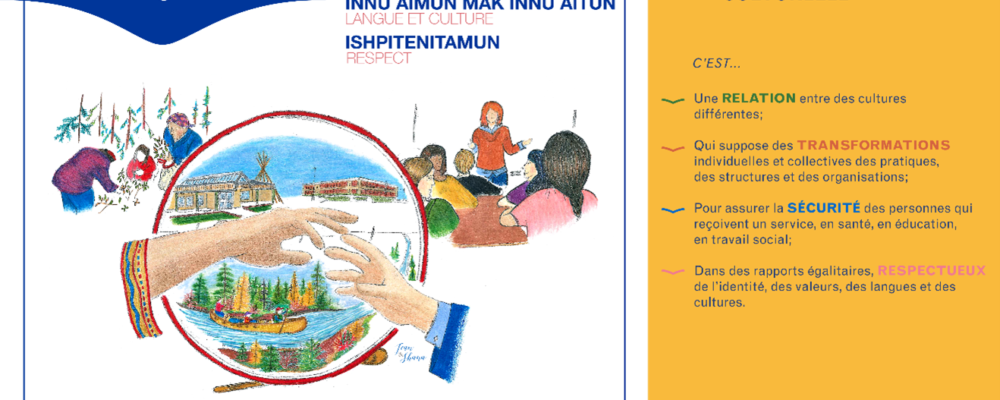Most popular

Studies of cultural safety practices developed jointly with educational stakeholders north of the 49th parallel, to promote school perseverance and educational success of Indigenous students.
Christine Couture

Mobilizing Indigenous Knowledge in the Context of Play: Collaborative Research with Innu in Quebec and Mãori in New Zealand
Elisabeth Jacob

The Indigenous Knowledge and Education Partnership Project (IKEPP)
Benoit Éthier

Studies of cultural safety practices developed jointly with educational stakeholders north of the 49th parallel, to promote school perseverance and educational success of Indigenous students.
Christine Couture
March 11, 2022Name of Principal Investigator
Christine Couture, UQAC
FRQSC (Concerted action: 2020-2023 – 2020-OPNA-280389): $504,322
Names of co-investigators and collaborators
Co-investigators: Amélie Blanchet Garneau, UdM, Mathieu Cook, UQAC, Jacinthe Dion, UQAC, Catherine Duquette, UQAC, Élisabeth Jacob, UQAC, Élisabeth Kaine, UQAC, Loïc Pulido, UQAC, Anne Marchand, UdM, Sylvie Pinette, Institut Tshakapesh
Collaborators: Marco Bacon, Sébastien Goupil, Canadian Commission for UNESCO. Charles Hopkins, York University, Claudia Nero, Bright Red Box, Marjoram Tshernish, Tshakapesh Institute
Link to a Project Website
Website pertaining to the AC Project for cultural security is under development.
Project Title and Summary
Studies of cultural safety practices developed jointly with educational stakeholders north of the 49th parallel, to promote school perseverance and educational success of Indigenous students.
Project Objectives
1) Identify and document cultural safety practices to support the perseverance and educational success of Indigenous students.
2) Identify educational contexts to develop and experiment cultural safety practices.
3) Co-develop examples of cultural safety practices, test them and provide collective reflective feedback on their impact on students.
4) Identify the factors of school perseverance and educational success, from an Indigenous perspective, to be found in examples of cultural safety practices.
5) Identify the links and limitations of primary and secondary programs in the development of examples of cultural safety practices.
6) Analyze the potentialities and pitfalls of the cultural safety approach through documented and jointly developed examples of practices and the testimonies of participants (teachers, speakers, parents, students).
7) Formalize examples of cultural safety practices and make them available on a website for dissemination in educational and research settings.
Results (if applicable)
Examples of cultural safety practices from preschool to university, knowledge of practices that help support Indigenous student perseverance and success.